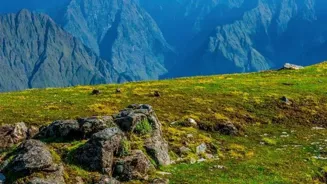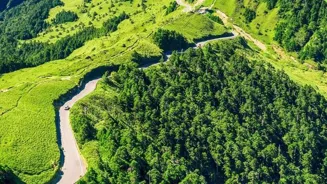Discover the enchanting world of astrophotography! Unravel tips to capture celestial wonders. Read on for a cosmic journey
For many Indians, the night sky has always held a special fascination. From childhood
stories about constellations to celebrating festivals under the moon, our connection with the cosmos runs deep.
Now, thanks to readily available technology, capturing the beauty of the night sky through astrophotography is becoming increasingly popular.
It's a blend of artistic vision and scientific understanding, allowing anyone with a camera and a little patience to create breathtaking images of celestial wonders.
This article explores the basics of astrophotography and offers some helpful tips for beginners looking to embark on this exciting journey.
Astrophotography gear ranges from simple to complex, achieve great results affordably
The equipment needed for astrophotography can range from the very simple to the highly complex. A basic setup could involve just a DSLR or mirrorless camera, a tripod, and a wide-angle lens.
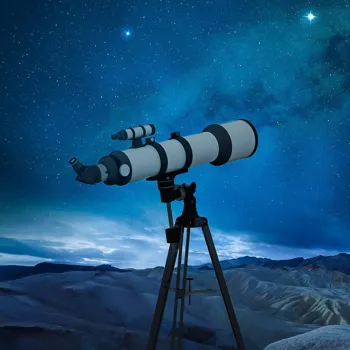
More advanced astrophotographers might use specialized telescopes, equatorial mounts to counteract the Earth's rotation, and dedicated astronomy cameras. However, don't let the potential cost intimidate you.
You can achieve impressive results with relatively affordable gear, especially when starting out. The key is to understand your equipment's limitations and learn how to work within them.
This might involve taking shorter exposures to avoid star trails or using image stacking software to combine multiple images and reduce noise.
Astrophotography challenge: light pollution, dark sites, moon phase, planning key
One of the biggest challenges in astrophotography is light pollution. City lights can wash out faint celestial objects and make it difficult to capture details. Therefore, finding a dark site is crucial.
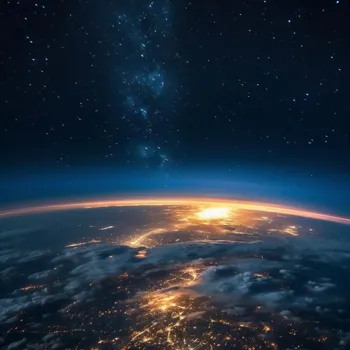
Ideally, you want to be far away from urban areas, in places where the Milky Way is clearly visible to the naked eye. Websites and apps that provide light pollution maps can be incredibly helpful in locating suitable locations. Also, consider the moon phase.
A full moon can brighten the sky considerably, so it's best to shoot during a new moon or when the moon is low on the horizon. Plan your shoots in advance, checking weather forecasts and astronomical calendars to ensure clear skies and optimal viewing conditions.
Set up your camera in manual mode for night sky photography
Once you've found a dark site and set up your equipment, it's time to focus on the technical aspects of capturing the images. Start by setting your camera to manual mode. This gives you complete control over the aperture, shutter speed, and ISO.
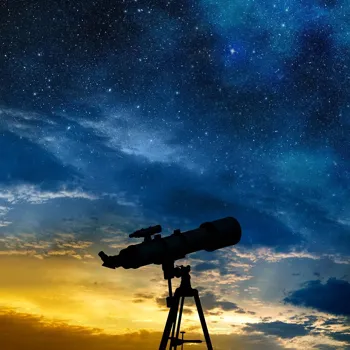
Use a wide aperture (low f-number) to let in as much light as possible. The shutter speed will depend on your lens and the amount of light pollution, but a good starting point is around 20-30 seconds. Increase the ISO to boost sensitivity, but be mindful of noise.
Experiment with different settings to find what works best for your equipment and location. Remember to focus carefully. Use live view and zoom in on a bright star to achieve sharp focus.
Post-processing enhances astrophotography images using software, stacking, and techniques
Post-processing is an integral part of astrophotography. Software like Adobe Photoshop, GIMP, or specialized astronomy processing programs can be used to enhance your images. This involves adjusting brightness and contrast, reducing noise, and bringing out details.
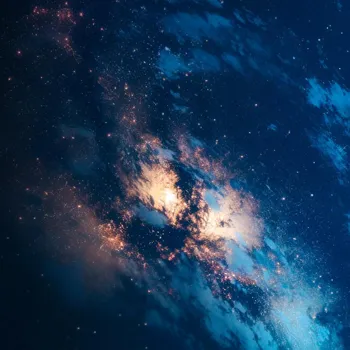
Image stacking is a common technique where multiple images of the same object are combined to create a single, cleaner image. This helps to average out noise and reveal faint details that would otherwise be lost.
Don't be afraid to experiment with different processing techniques to find your own style. There are numerous online tutorials and resources available to help you learn the basics of post-processing.
Astrophotography: a journey of learning and improvement
Astrophotography is a journey of continuous learning and improvement. Don't be discouraged if your initial attempts don't turn out as expected. Every failed attempt is an opportunity to learn something new.
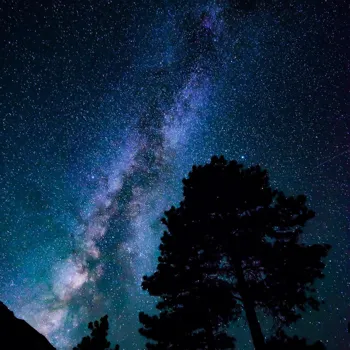
Join online forums and communities to share your work, ask questions, and learn from other astrophotographers. Attend workshops and star parties to gain hands-on experience and meet fellow enthusiasts. Most importantly, have fun and enjoy the process of capturing the beauty of the universe.
The night sky is a vast and awe-inspiring canvas, waiting to be explored and captured through your lens. With patience, dedication, and a thirst for knowledge, you can create stunning astrophotography images that will inspire and amaze.
Astrophotography captures universe's beauty, from planets to galaxies
The universe offers a multitude of subjects for astrophotography. Deep-sky objects like nebulae and galaxies offer intricate details and vibrant colors that can be captured with telescopes and tracking mounts.
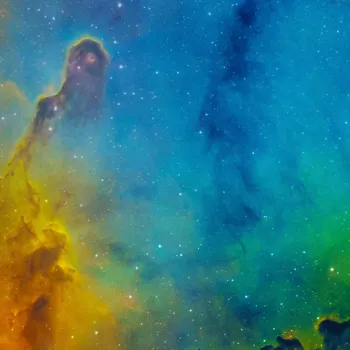
Planetary photography, focusing on planets like Jupiter and Saturn, reveals their bands, rings, and moons with the aid of high magnification. Capturing meteor showers involves patience and timing, but the fleeting streaks of light across the sky create a spectacular display.
Wide-field astrophotography allows you to capture the grand scale of the Milky Way, showcasing the immense star clouds and dark nebulae that make up our galaxy.
Indian skies offer ideal conditions for astrophotography with diverse landscapes and growing astronomy community
Indian skies, though challenged by light pollution in urban centres, possess unique advantages. The generally clear and dry weather in many parts of the country provides excellent viewing conditions for a significant portion of the year.
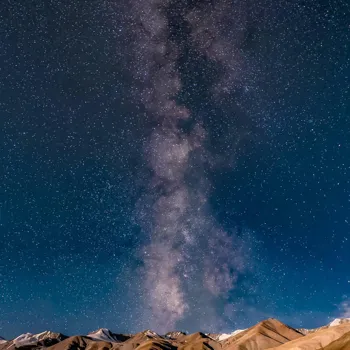
The diverse landscapes, from the Himalayas to the deserts, offer stunning foregrounds to complement your celestial subjects, adding a sense of place and scale to your images.
Additionally, the growing astronomy community in India is creating numerous opportunities for collaborative projects, workshops, and star parties, making it easier for beginners to get involved and learn from experienced astrophotographers.
Respect environment in astrophotography, use ethical practices
Remember to always respect the environment and follow ethical practices when engaging in astrophotography. Avoid trespassing on private property, minimize light pollution by using red light torches, and leave no trace behind. Be mindful of wildlife and avoid disturbing their habitats.
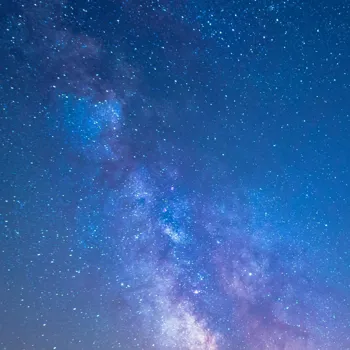
With responsible and sustainable practices, we can ensure that the dark skies remain accessible and enjoyable for generations to come. Astrophotography is not just about capturing beautiful images, it's also about preserving the natural beauty of the night sky for everyone to appreciate.
Advancements in technology revolutionize astrophotography
The advancements in technology are constantly opening up new possibilities in astrophotography. Modern cameras are becoming more sensitive to light, allowing for shorter exposures and less noise. Software algorithms are becoming more sophisticated, making it easier to process and enhance images.

The rise of affordable, high-quality telescopes and tracking mounts is making it more accessible for amateur astronomers to engage in serious astrophotography.
Furthermore, the integration of artificial intelligence (AI) is assisting in tasks like image calibration and object recognition, further simplifying the process and enhancing the results.
Astrophotography enthusiasts share their work online, inspire others
Finally, sharing your astrophotography images with the world can be a rewarding experience. Platforms like Instagram, Facebook, and online astronomy forums provide opportunities to showcase your work and connect with other enthusiasts.

Participating in astrophotography competitions can be a great way to get feedback and recognition for your achievements. Consider contributing your images to citizen science projects, which use amateur astronomical data to advance scientific research.
By sharing your passion for astrophotography, you can inspire others to explore the wonders of the universe and appreciate the beauty of the night sky.
AI Generated Content. Glance/InMobi shall have no liability for the content






